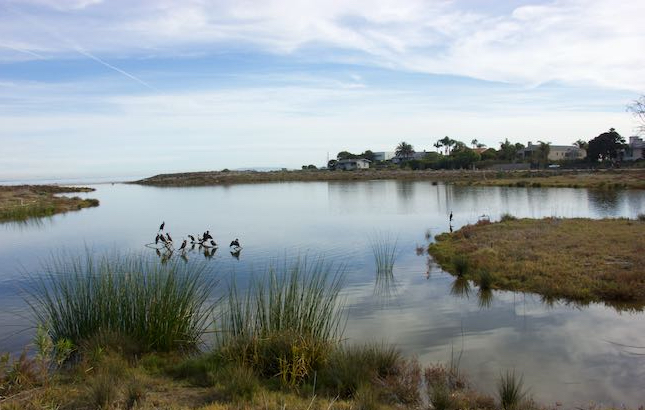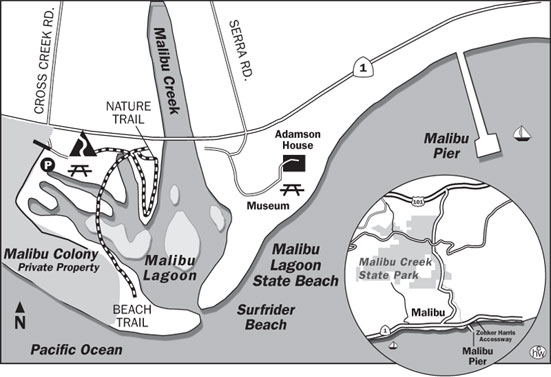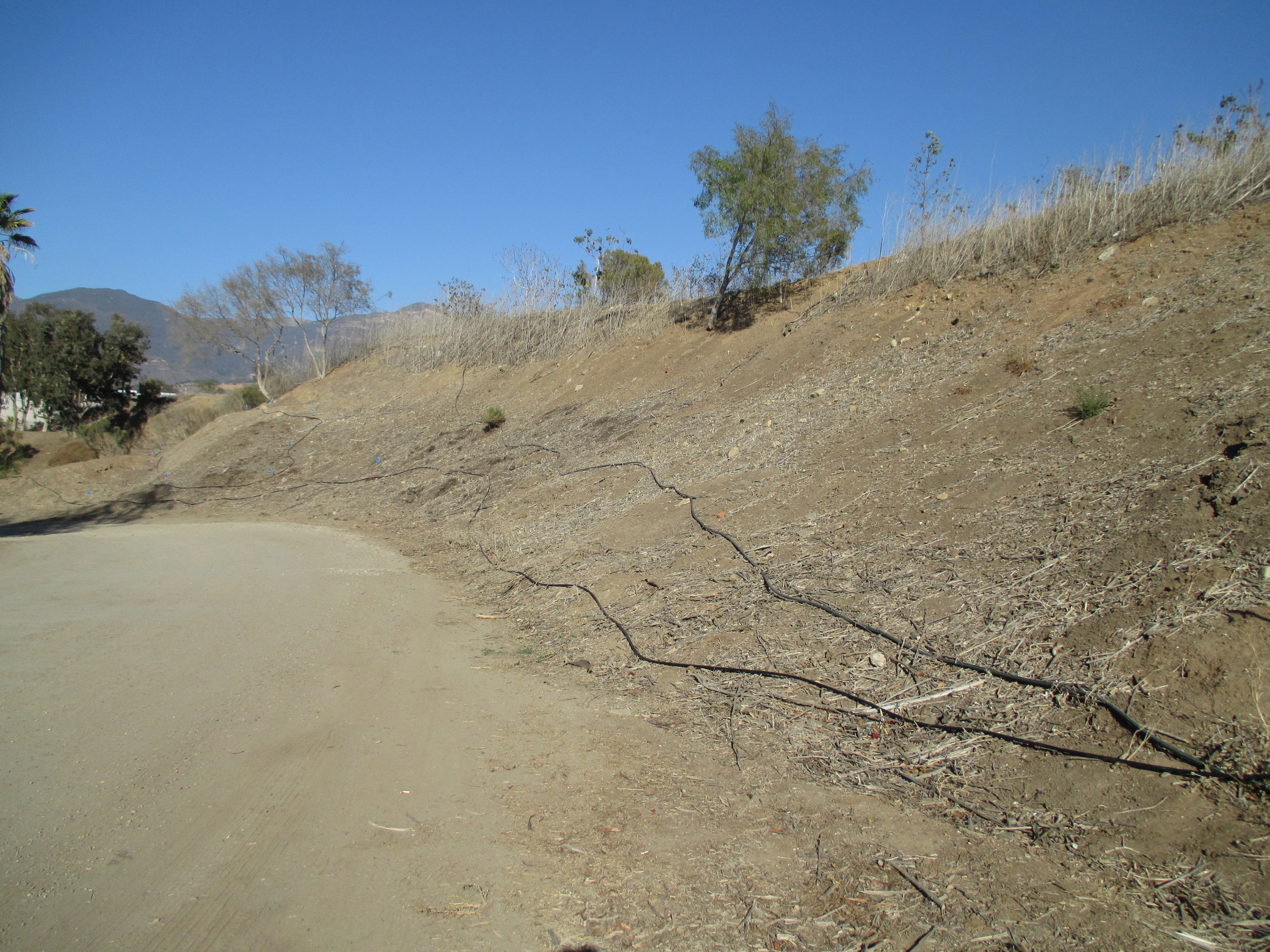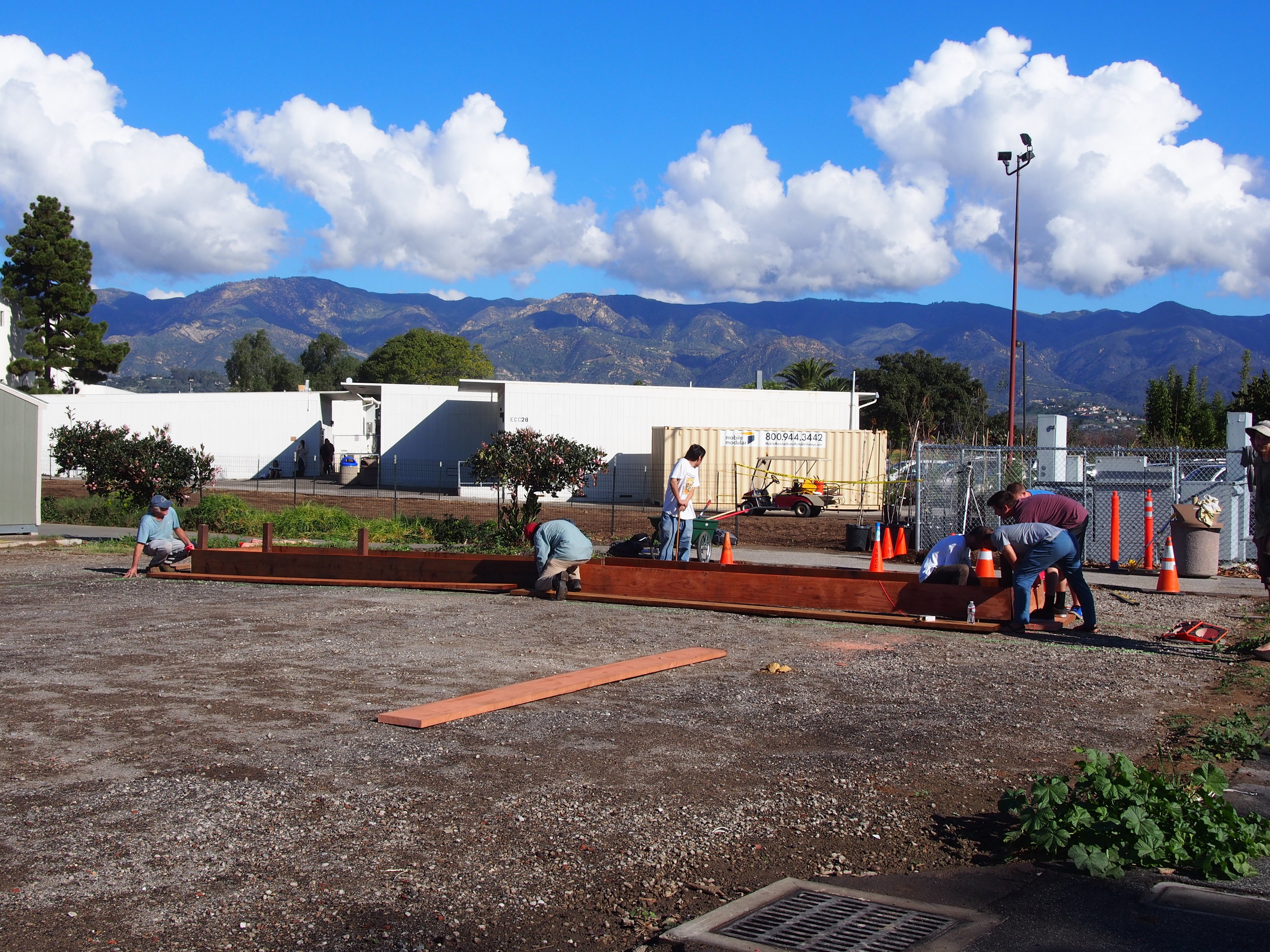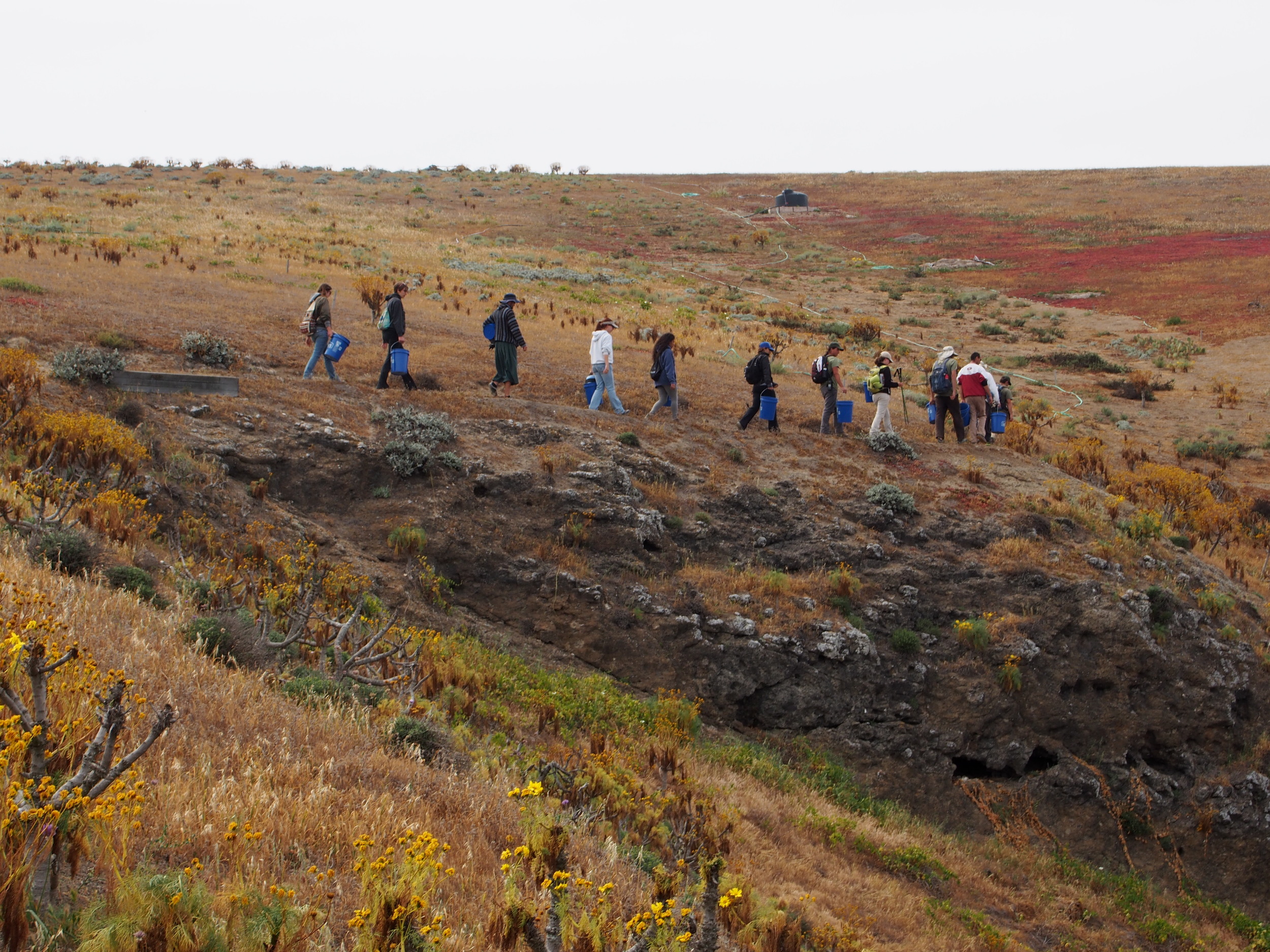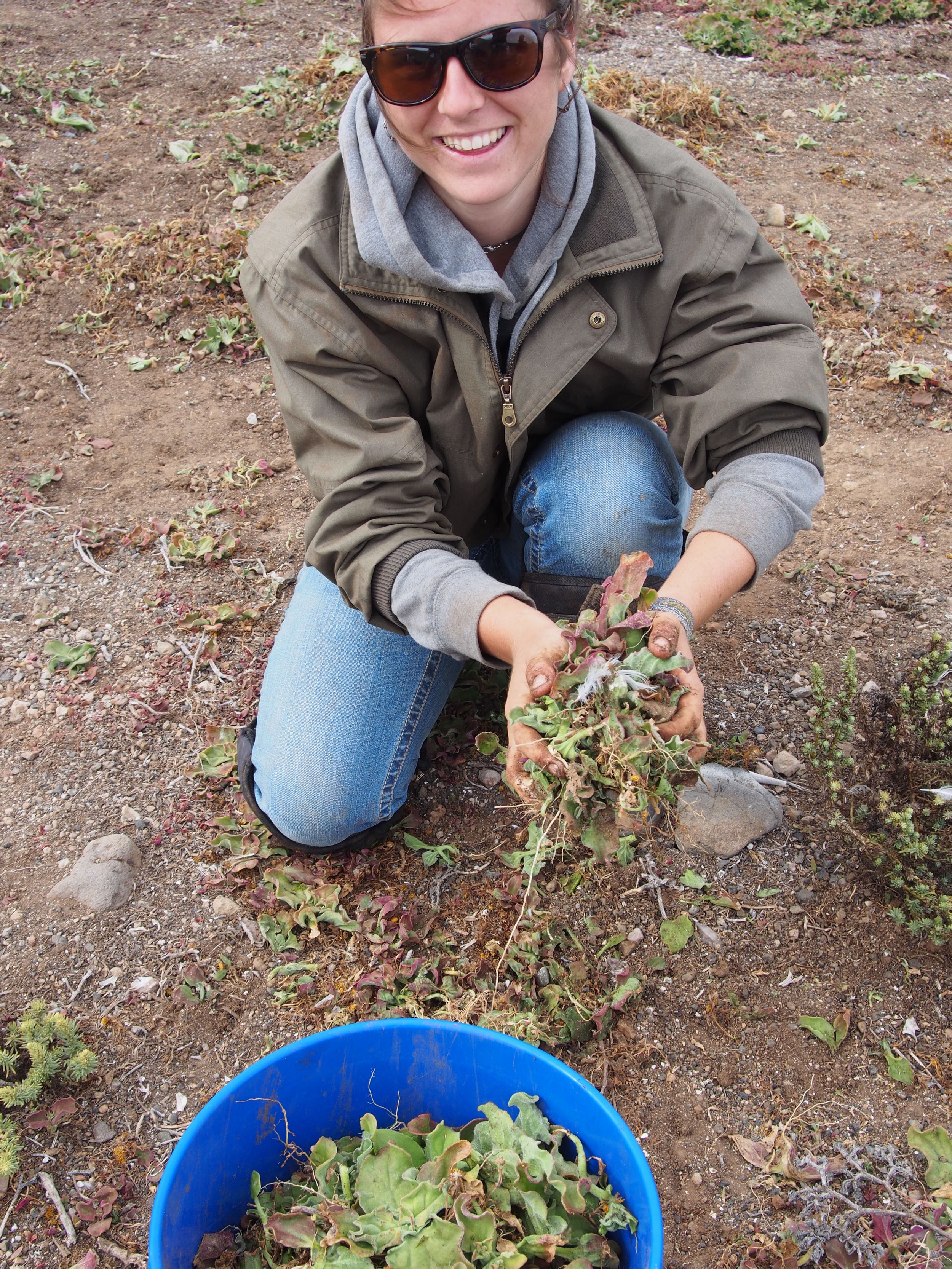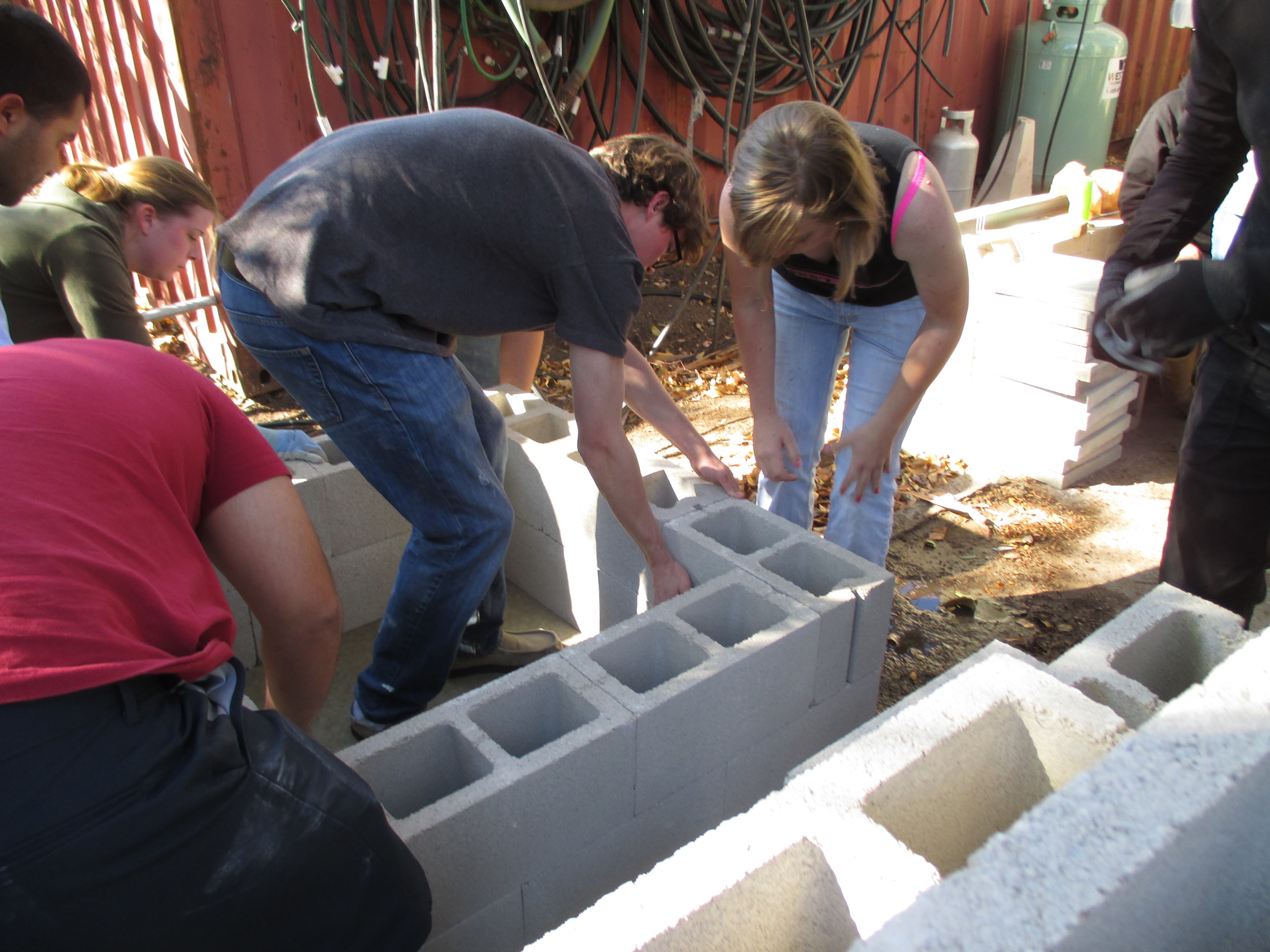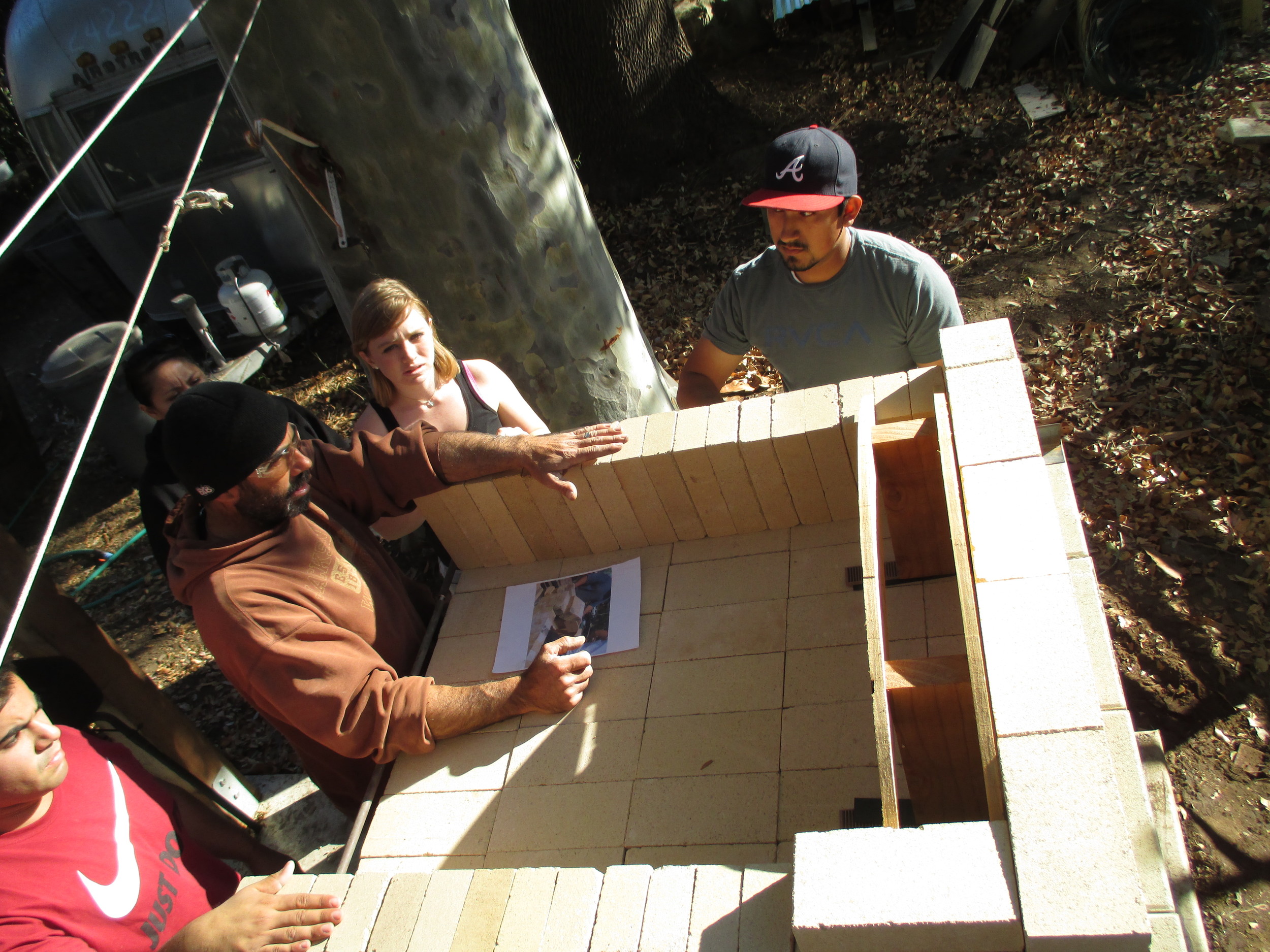With ongoing restoration and re-vegetation the Malibu Lagoon continues to draw more visitors and researchers. Beginning in 2012, Growing Solutions collected, grew and helped plant site-specific native wetland flora that now covers the tidal islands created during the the three-year State Park restoration project. With the lagoon flushing daily with enhanced tidal flow, the lagoon is seeing cleaner water and increased wildlife. This has been a boon for local birdwatchers and visitors. The California least tern is now nesting in the lagoon after a seventy-year absence and the tidewater goby population has increased leading to increased bird populations and a healthier wetland ecology all around. For a report on recent steelhead trout sightings, click here.
